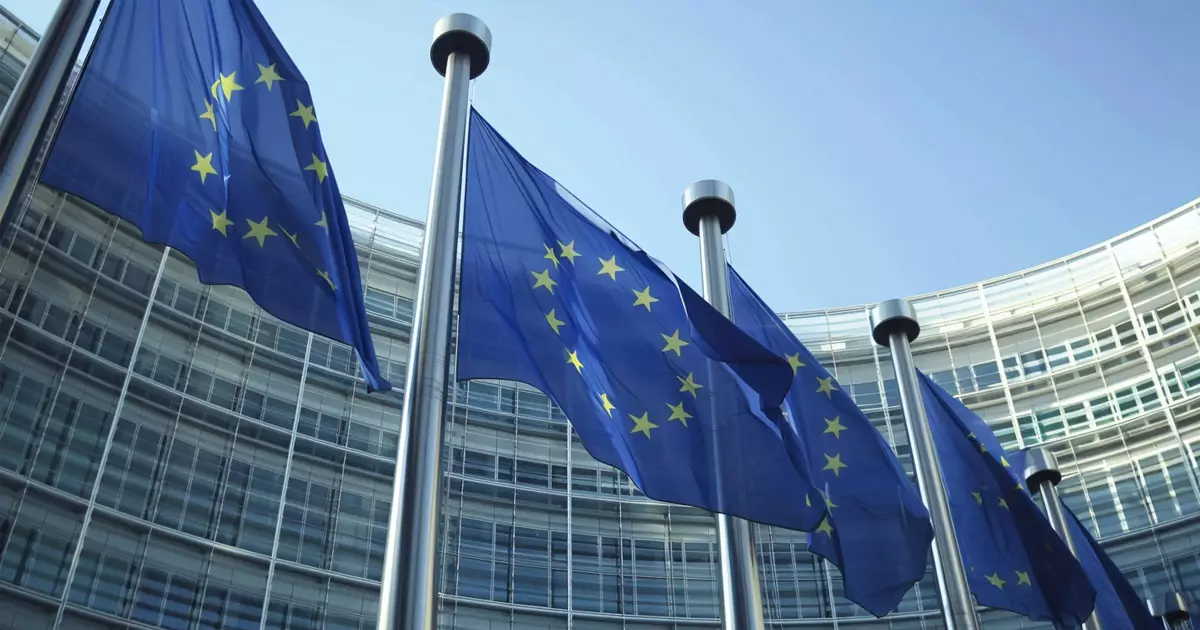The landscape of cryptocurrency regulation is undergoing a monumental shift with the introduction of the Markets in Crypto-Assets (MiCA) regulation by the European Union. Initiated in 2020, MiCA aims to establish a structured framework that not only protects consumers but also fosters innovation in the European crypto sector. This new regulatory horizon contrasts significantly with the perception that Europe is an underdog in the global crypto arena, traditionally dominated by the U.S. and Asia. Instead, MiCA presents an opportunity for Europe to emerge as a pioneer in a rapidly evolving financial landscape.
The Need for Clear Regulation
The urgency for MiCA stems from the tumultuous nature of the cryptocurrency market, which has often been marred by issues such as fraud, volatility, and a general lack of consumer protection. Despite being a sector defined by its decentralized and borderless ethos, the crypto world continues to grapple with numerous regulatory challenges. MiCA aims to address these challenges by imposing standards akin to those found in traditional financial markets. For example, the regulatory framework incorporates critical guidelines around stablecoins—digital assets that are designed to maintain a stable value—thus creating a more transparent and secure operating environment.
Recently, major players in the crypto market have begun to react to the impending necessity for compliance. One notable instance involves Coinbase’s announcement to delist stablecoins from unregulated providers by the close of 2024. This move is a clear indicator of the urgency companies face as they prepare for MiCA’s requirements. The response from companies such as Tether, which has promised a “technology-based solution” to comply with MiCA, is illustrative of the new standards expected to reshape the sector’s infrastructure and product offerings.
Drawing comparisons with the General Data Protection Regulation (GDPR) introduced in 2016, MiCA has the potential to set a global benchmark for crypto-asset legislation. Initially met with skepticism, GDPR has now established itself as the gold standard for data privacy and security, compelling organizations worldwide to elevate their practices or face significant penalties. MiCA could spark a similar evolution within the cryptocurrency industry, focusing on areas such as consumer protection and sustainability.
With stricter governance around the environmental impact of crypto operations, as well as mandates for clear communication of risks to investors, MiCA endeavors to clear up the often murky reputation of cryptocurrencies. This regulatory environment aims to mitigate risks associated with bad actors while fostering a space for more reputable, compliant entities to thrive.
Stablecoins hold particular significance within MiCA, as the regulation requires issuers to maintain complete transparency regarding their reserves. This transparency is crucial in mitigating concerns surrounding solvency and risk that have long plagued the stablecoin market. For companies like Tether, this regulatory landscape offers both a challenge and an impetus to innovate. Tether’s response to this regulatory push suggests a burgeoning potential for the company to enhance its products, aligning with consumer demands for security and reliability.
Circle, another key player, has already taken proactive measures by obtaining an e-money license in France, projecting a commitment to compliance. Their robust backing of USDC with cash or bonds and adherence to stringent Know Your Customer (KYC) and Anti-Money Laundering (AML) protocols positions them favorably in this evolving marketplace. As the regulatory landscape continues to solidify, these compliance-driven initiatives will likely incentivize other stablecoin providers to follow suit.
The Future of Crypto: In Regulatory Hands
The advent of MiCA heralds a significant transformation for the European crypto market, presenting an opportunity for traditional businesses to dive into cryptocurrency services. With clearer guidelines and compliance expectations, the crypto space is poised for increased legitimacy and heightened investor confidence. This nurturing environment can attract new investments, talent, and technological innovation, of which the EU stands to benefit substantially.
As global markets take notice of MiCA and its implications, we may witness a ripple effect leading to the establishment of sound regulatory frameworks in other jurisdictions. The clarity and comprehensiveness of MiCA starkly contrast the fragmented regulatory approaches seen in the United States, making it a model that other regions may aspire to emulate.
As MiCA approaches its full implementation by 2026, the anticipated emergence of safer, more reliable products marks a pivotal chapter in the evolution of the cryptocurrency ecosystem. By setting a high bar for compliance and transparency, MiCA could well chart a course toward a vibrant and sustainable future in the world of digital assets, not only for Europe but for the global landscape of finance at large.















